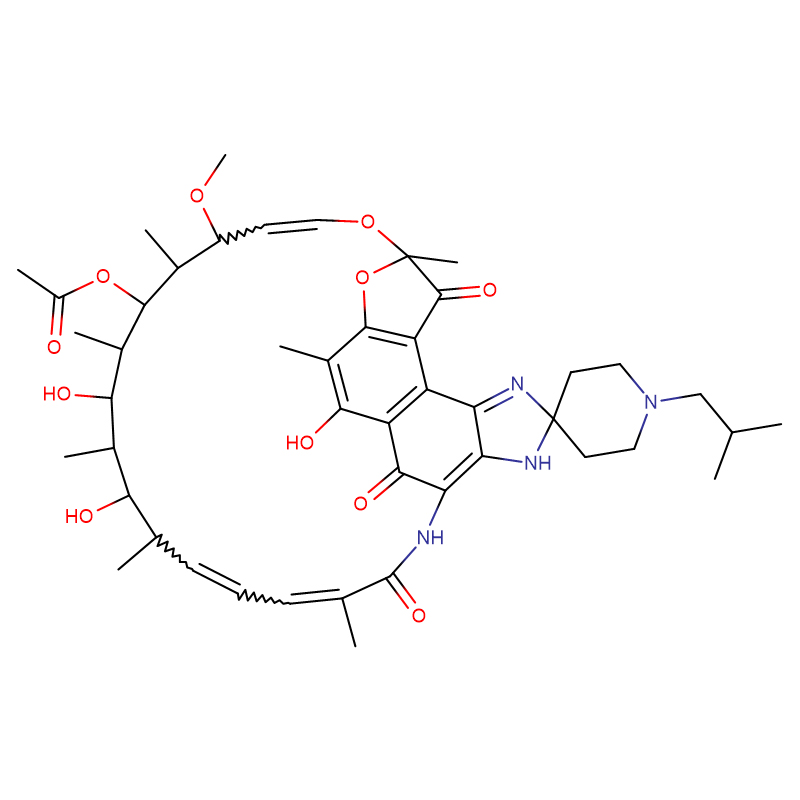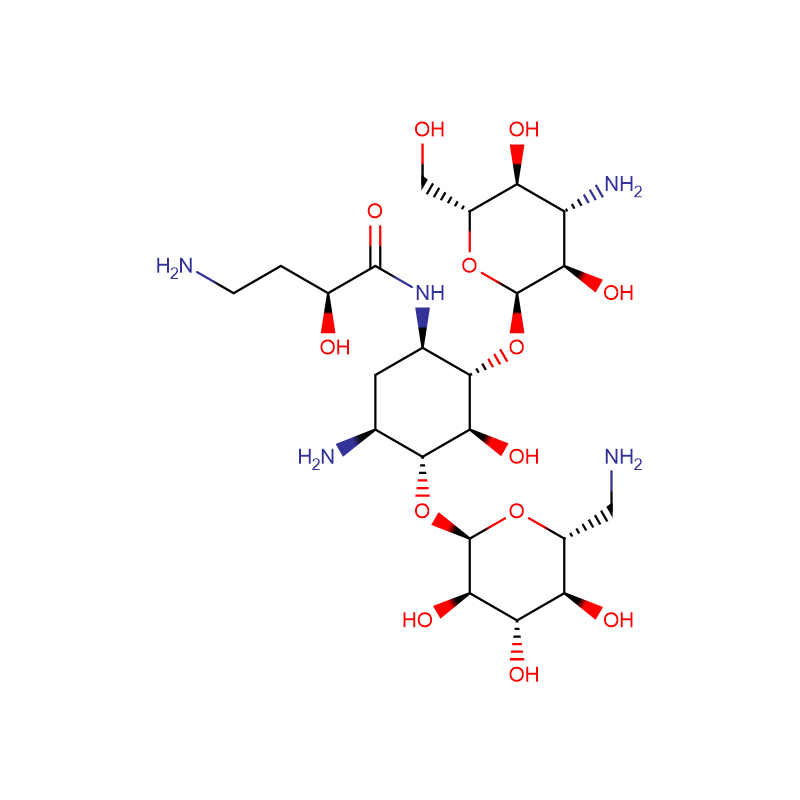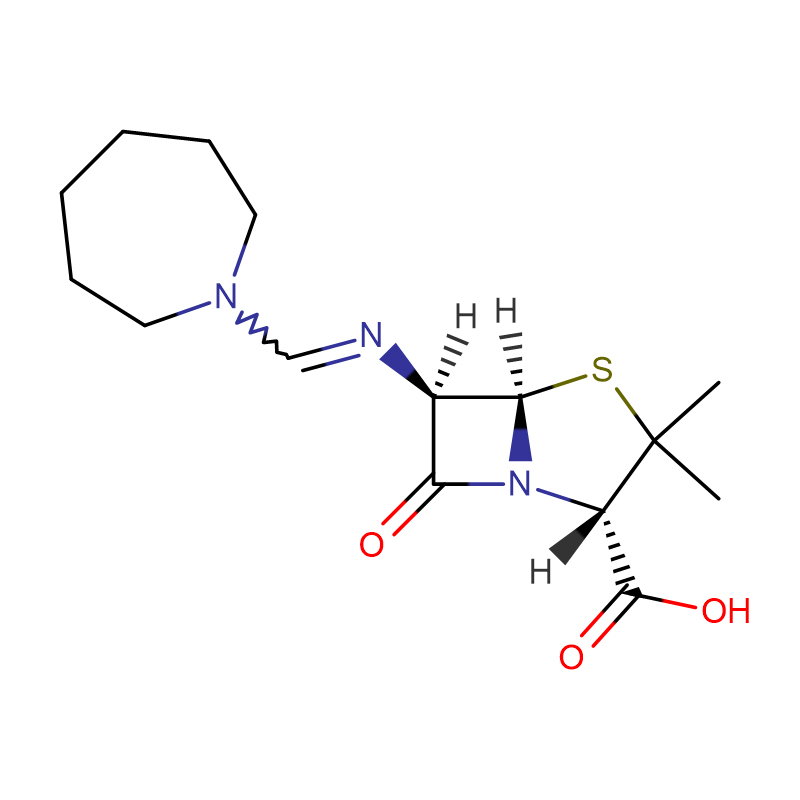Trimethoprim Cas: 738-70-5
| Catalog Number | XD92385 |
| Product Name | Trimethoprim |
| CAS | 738-70-5 |
| Molecular Formula | C14H18N4O3 |
| Molecular Weight | 290.32 |
| Storage Details | 2-8°C |
| Harmonized Tariff Code | 29335995 |
Product Specification
| Appearance | A white or yellowish-white powder |
| Assay | 99% min |
| Melting Point | 199 - 203 Deg C |
| Heavy metals | ≤20ppm |
| Loss on Drying | ≤1.0% |
| Related Substances | ≤0.2% |
| Solubility | Very slightly soluble in water, slightly soluble in alcohol, practically insoluble in ether |
Trimethoprim is a lipophilic and weak alkaline pyrimethamine class bacteriostatic agent. It is a white or almost white crystalline powder, odorless, bitter, and slightly soluble in chloroform, ethanol or and acetone, but almost insoluble in water and highly soluble in glacial acetic acid solution. It has an antibacterial spectrum which is similar with sulfa drugs, but with a strong antibacterial effect. It has a good effect on treating Escherichia coli, Proteus mirabilis, Klebsiella pneumoniae, Staphylococcus saprophyticus, and a variety of other gram-positive and negative bacteria. But it is ineffective against Pseudomonas aeruginosa infection. Its minimum inhibitory concentration is often less than 10 mg/L with using alone being easy to cause bacterial resistance, and thus it is generally not used alone, and mainly combined with sulfa drug to form compound preparation for clinical treatment of urinary tract infections, intestinal infections, respiratory infections, dysentery, enteritis, typhoid fever, meningitis, otitis media, meningitis, sepsis and soft tissue infections. It has an effect on treating typhoid and paratyphoid effect which is not less than ampicillin; It can also be combined with long-acting sulfa drugs for prevention and treatment of drug-resistant falciparum malaria.
The basic principle of anti-bacterial of trimethoprim is to interfere with folate metabolism in bacteria. The main mechanism of action is the selective inhibition of the activity of dihydrofolate reductase in bacteria so that dihydrofolate can’t be reduced to tetrahydrofolate. Since the synthesis of folic acid is the main part of a nucleic acid biosynthesis, and therefore the product prevents bacterial nucleic acids and proteins synthesis. Moreover, the binding affinity of trimethoprim (TMP) to bacterial dihydrofolate reductase enzyme is five times as strong as that to the mammalian dihydrofolate reductase. The combination between it with sulfa drugs can cause dual blockage to the folic acid biosynthesis metabolism of bacteria so that there is a synergistic effect which will enhance the antibacterial activity of sulfa drugs, and can turn antibacterial effect to bactericidal effect which reduce the drug-resistant strains. In addition, the product can also enhance the antibacterial effects of a variety of other antibiotics (such as tetracycline, gentamicin).








